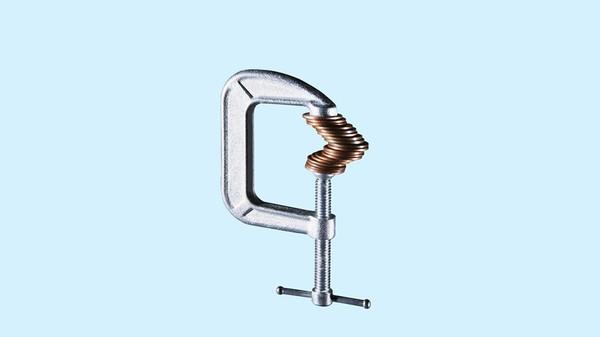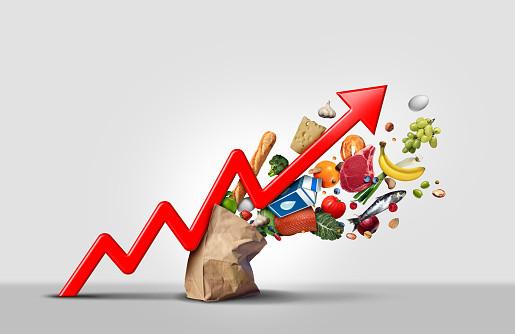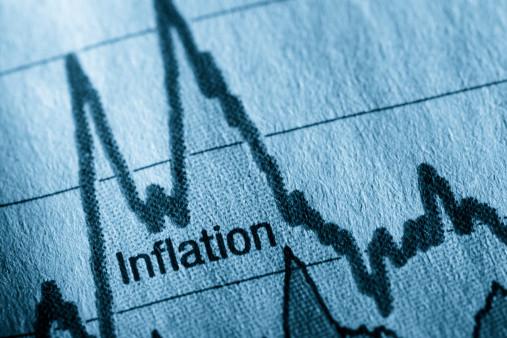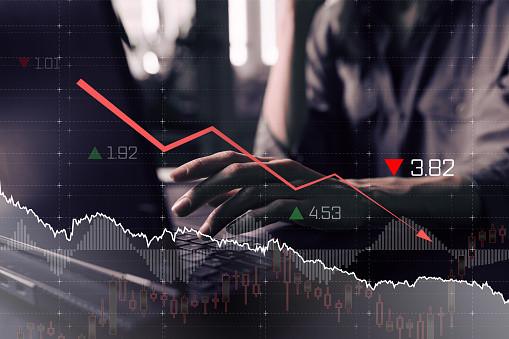What is inflation?
Curated from: mckinsey.com
Ideas, facts & insights covering these topics:
9 ideas
·2.27K reads
13
Explore the World's Best Ideas
Join today and uncover 100+ curated journeys from 50+ topics. Unlock access to our mobile app with extensive features.
Inflation
Inflation is the gradual loss of purchasing power over time, reflected in a broad rise in prices for goods and services. In other words, you can buy less today with the same amount of money as you could a while back. For example, in the 1970s, the average cup of coffee cost 25 cents. By 2019, it had climbed to $1.59.
Inflation isn't limited to price spikes for any single item or service. It refers to increases in prices across a sector such as retail and, ultimately, a country's economy.
21
359 reads
A healthy economy
Inflation in a healthy economy is typically in the range of two percentage points.
Inflation can stimulate spending and encourage demand and productivity when it is within range. But when inflation surpasses wage growth, it can be a warning sign of a struggling economy.
17
325 reads
How inflation affects consumers and companies
Households lose purchasing power when the prices increase for items such as food, utilities and gasoline.
Companies lose purchasing power when prices increase for inputs used in production. In response, companies typically raise the prices of their products or services to offset inflation, meaning consumers absorb price increases.
17
298 reads
How inflation is measured
Statistical agencies measure inflation by determining the current value of a “basket” of various household goods and services. This is referred o as a price index.
Agencies compare the value of the index over one period to another, such as month-to-month for a monthly rate of inflation or year-to-year for an annual rate of inflation.
18
247 reads
The main causes of inflation
- Demand-pull inflation occurs when the economy's demand for goods and services exceeds its ability to produce them.
- Cost-push inflation occurs when the rising price of input goods and services increases the price of final goods and services.
19
257 reads
Historical inflation
- Post World War II, price controls, supply problems and extraordinary demand caused double-digit inflation. It peaked at 20 percent in 1947 and subsided at the end of the decade.
- The mid-1960s to the early 1980s saw some of the highest inflation rates, with a peak of 14.8 percent in 1980. In turn, interest rates jumped to nearly 20 percent.
- In January 2022, inflation in the United States increased to 7.5 percent, its highest level since February 1982, due to soaring energy costs, labour mismatches, and supply disruptions.
20
201 reads
How inflation affects pricing
During inflation, companies usually pay more for input materials. To maintain gross margins, companies raise prices for consumers.
However, if price increases are not executed carefully, companies can damage customer relationships, depress sales, and hurt margins. But done right, recovering the cost of inflation on a case-by-case basis can strengthen relationships and overall margins.
19
192 reads
Five steps companies can take to adapt to inflation
- Adjust discounting and promotions and revisit other aspects of sales inapplicable to the base price.
- Develop the art and science of price change. Don’t make across-the-board price changes but tailor pricing actions.
- Accelerate decision-making by establishing an inflation council that can act quickly on customer feedback.
- Plan options beyond pricing to reduce costs.
- Track execution relentlessly.
21
205 reads
Deflation
Deflation occurs when the overall level of prices in an economy declines and the purchasing power increase. It can be driven by growth in productivity and the abundance of goods and services, a decrease in demand, or a decline in the supply of money and credit.
Generally, moderate deflation enables consumers to purchase more with less money. But deflation can also signify a weakening economy and lead to recessions and depressions. In addition, during deflation, debt becomes more expensive.
20
192 reads
IDEAS CURATED BY
Karla Brown's ideas are part of this journey:
Learn more about moneyandinvestments with this collection
The value of hard work and persistence
How to stay focused on long-term goals
How to learn from failures and setbacks
Related collections
Similar ideas
17 ideas
What is supply chain?
mckinsey.com
11 ideas
What is cloud computing?
mckinsey.com
9 ideas
What is the Internet of Things?
mckinsey.com
Read & Learn
20x Faster
without
deepstash
with
deepstash
with
deepstash
Personalized microlearning
—
100+ Learning Journeys
—
Access to 200,000+ ideas
—
Access to the mobile app
—
Unlimited idea saving
—
—
Unlimited history
—
—
Unlimited listening to ideas
—
—
Downloading & offline access
—
—
Supercharge your mind with one idea per day
Enter your email and spend 1 minute every day to learn something new.
I agree to receive email updates




